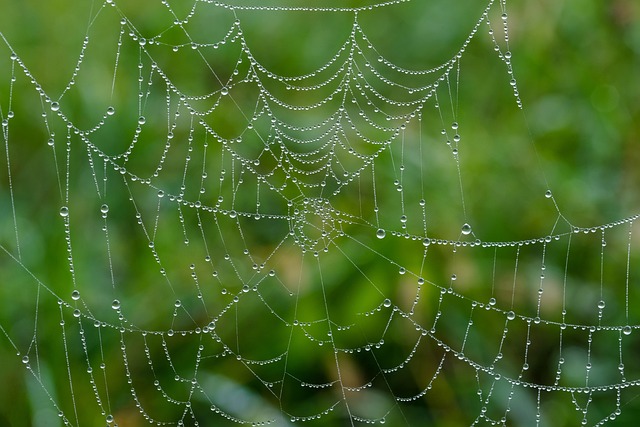Removing spider webs from hard-to-reach areas requires specialized tools and expertise. Professional spider web removal services use long-handled tools, vacuum systems, and precision-engineered equipment to navigate attics, eaves, and crevices safely and effectively. These methods minimize damage, prevent injuries, and ensure comprehensive web removal, enhancing living environments for residents and pets. Regular cleaning routines, including specialized tools and protective gear, are recommended by experts to maintain health and safety in hard-to-reach spaces.
Navigating hard-to-reach areas presents unique challenges, particularly when dealing with stubborn spider webs. In these tight spaces, conventional methods often fall short, leading to safety risks and incomplete cleanup. This article explores specialized tools designed for efficient and safe removal in such areas. We delve into the significance of professional spider web removal services, providing best practices to maintain a clean and safe environment.
Understanding the Challenges of Hard-to-Reach Areas
Removing unwanted substances, be it cobwebs or hazardous materials, from hard-to-reach areas presents a unique set of challenges. These spaces, often confined and inaccessible, demand specialized equipment and expertise to ensure safety and efficacy. In many cases, standard cleaning tools are inadequate, leading to the need for innovative solutions tailored for such specific situations.
Hard-to-reach areas, like attics, narrow crevices, or intricate architectural nooks, often harbor spider webs that can be both unsightly and hazardous. Professional spider web removal services employ specialized equipment, including long-handled tools and vacuum systems designed to navigate these spaces. These methods ensure thorough cleaning while minimizing the risk of injury or damage to both the area and the person conducting the cleanup.
Specialized Tools for Efficient and Safe Removal
Specialized tools are an integral part of any professional spider web removal service. These tools allow for efficient and safe removal, ensuring that both the structure and its inhabitants—including potentially harmful spiders—are protected. From extended reach poles with integrated vacuum systems to meticulously designed dustpans, these tools navigate hard-to-reach corners, dislodge webs without damaging surfaces, and contain debris effectively.
Their precision engineering enables specialists to tackle intricate webbing patterns found in attics, eaves, and other hidden spaces, providing a deeper clean than standard household tools can offer. This specialized equipment not only enhances the effectiveness of removal but also minimizes the risk of injury associated with attempting to remove large or intricate webs on your own.
The Role of Professional Spider Web Removal Services
Professional spider web removal services play a vital role in ensuring safe and thorough clearance of webs from hard-to-reach areas. These experts possess specialized tools and in-depth knowledge to navigate through challenging spaces, such as attics, corners of buildings, or narrow crevices, where traditional methods may falter. Their expertise is invaluable when it comes to handling intricate web structures without causing damage to the surrounding environment.
Engaging professional services offers multiple benefits. They employ safe and eco-friendly methods to disintegrate webs, ensuring no residue remains. Additionally, these professionals are trained to handle potential hazards like spiders or other insects, making the process secure for both residents and pets. With their specialized equipment, they can quickly and efficiently remove even the most stubborn web accumulations, providing a clean and safe living space.
Best Practices for Maintaining a Clean and Safe Environment
Maintaining a clean and safe environment is paramount, especially in spaces that are hard to reach, such as narrow crevices or high corners. Professional spider web removal services emphasize the importance of regular cleaning and inspection routines. This includes using the right tools for the job, ensuring proper ventilation, and wearing protective gear like gloves and masks to prevent any health risks associated with dust or allergens.
It’s crucial to approach these tasks systematically. Start by identifying all potential areas where webs might form or exist. Next, use specialized tools designed for safe removal in hard-to-reach spots. Regularly vacuum and wipe down surfaces to deter future web buildup. Remember that a clean environment not only enhances aesthetics but also promotes better air quality and reduces the risk of accidents caused by hidden hazards.
In conclusion, navigating hard-to-reach areas requires specialized tools and expertise to ensure safe removal. The article has explored these challenges, highlighting the importance of professional spider web removal services in maintaining a clean and safe environment. By understanding the unique difficulties and adopting best practices, individuals and businesses can effectively manage these delicate situations. Remember that, when it comes to spider web removal, professional assistance is key to preventing risks and ensuring a thorough cleanup.
